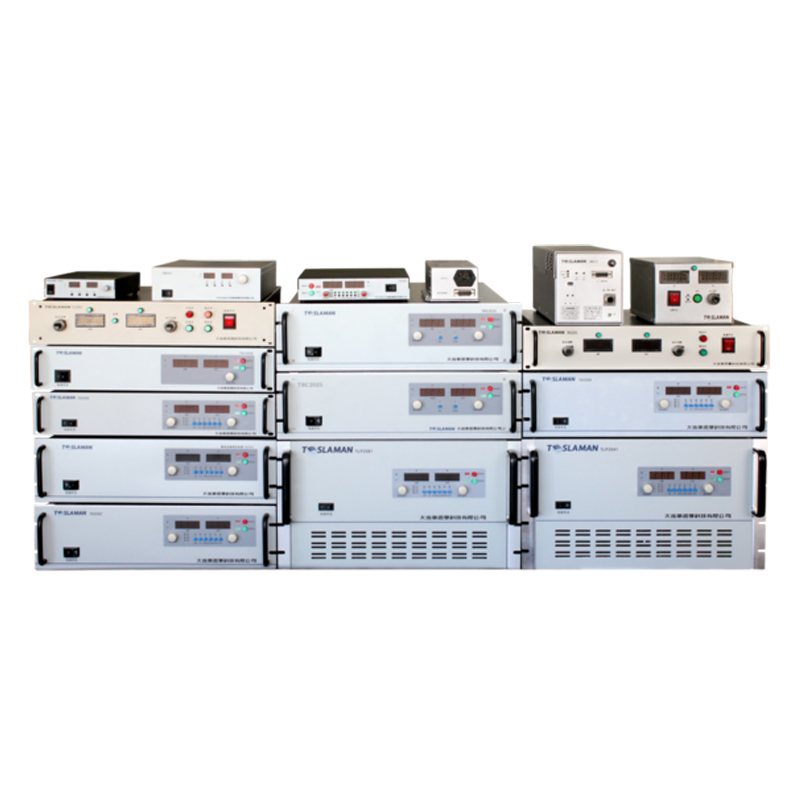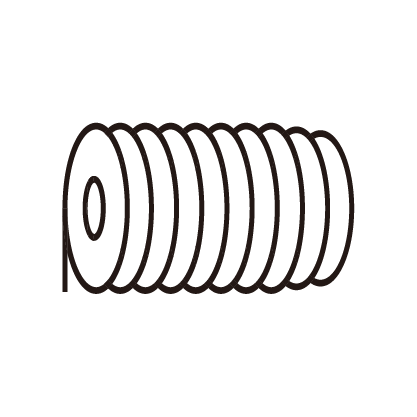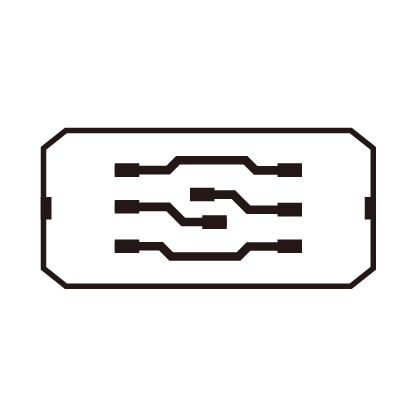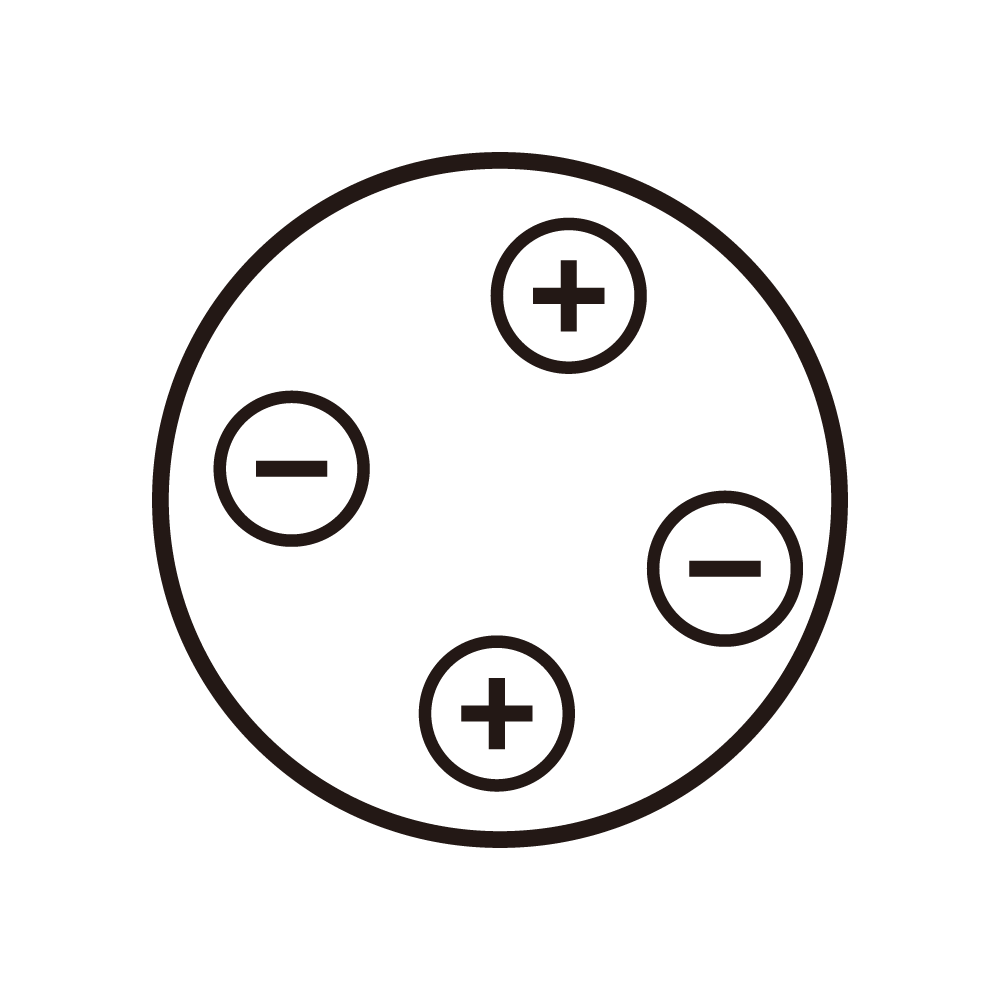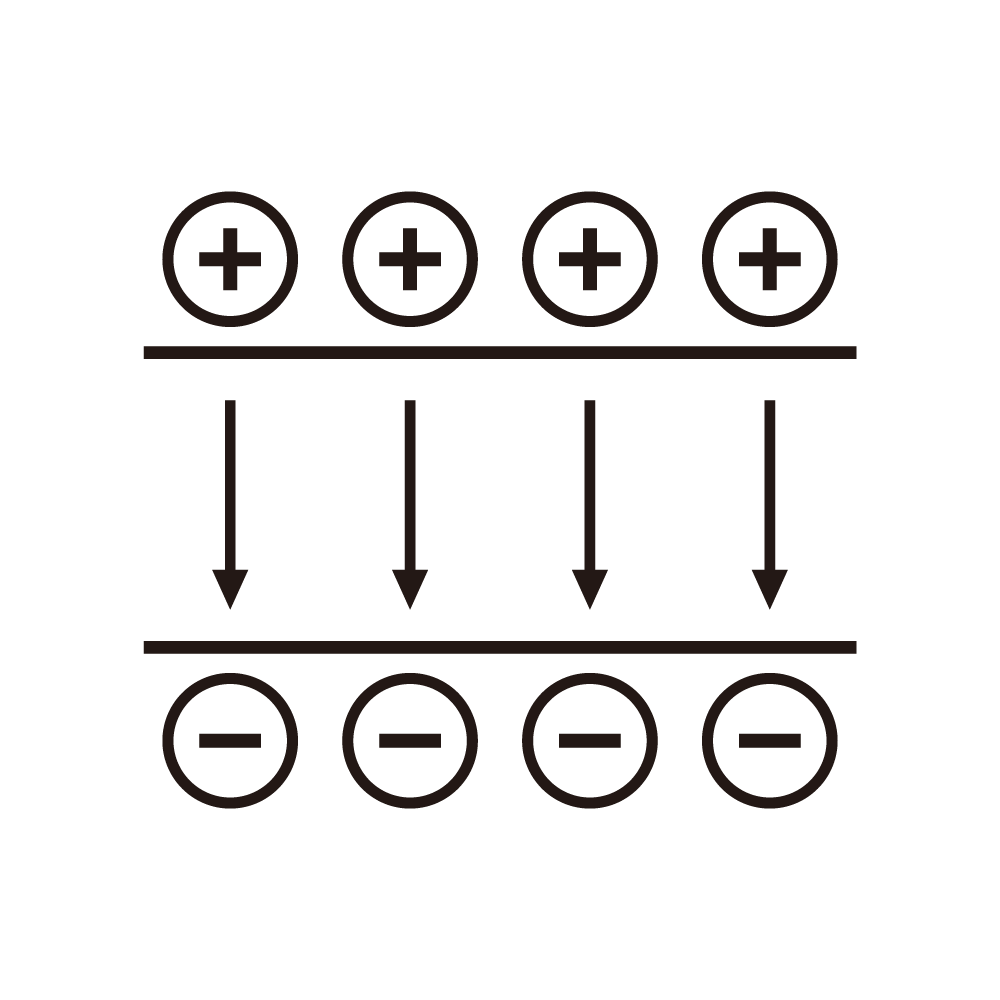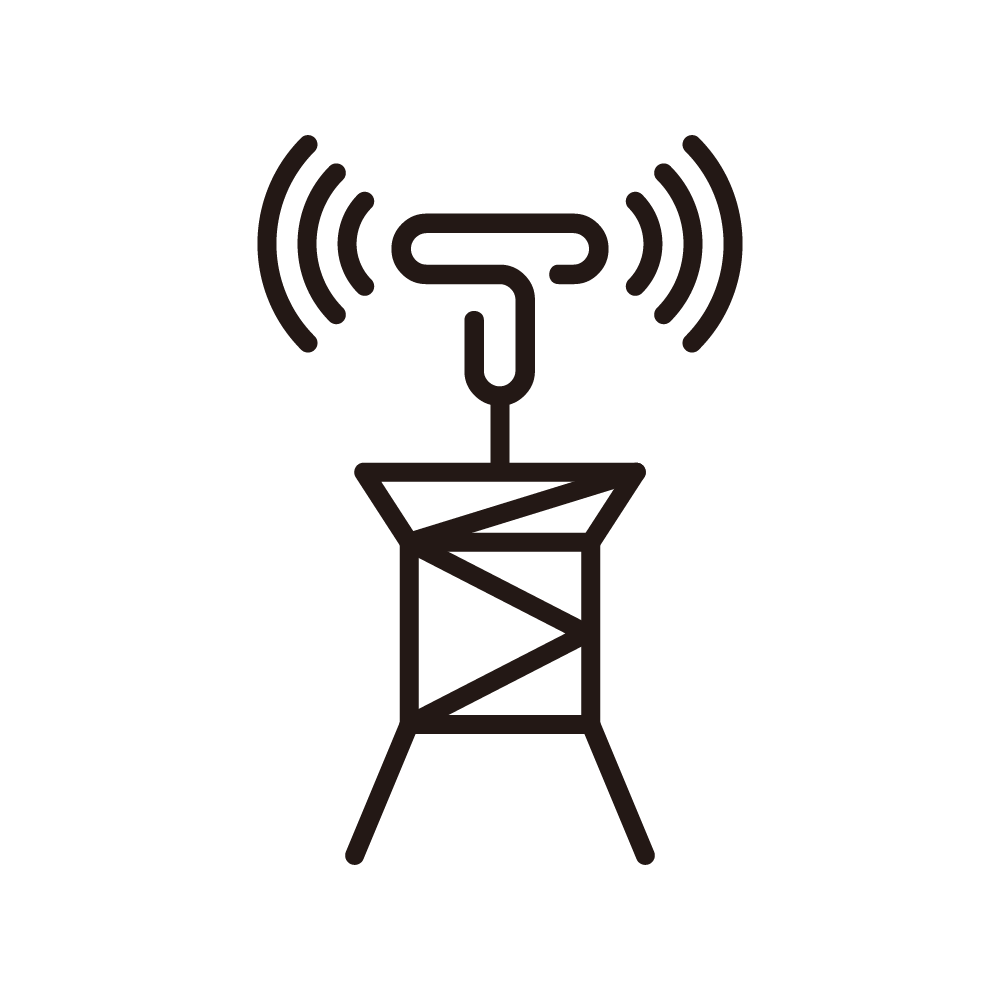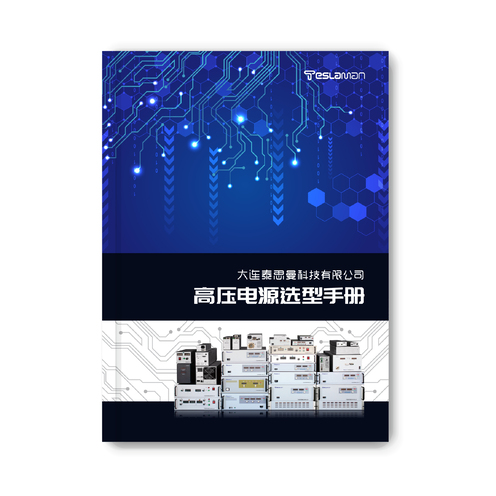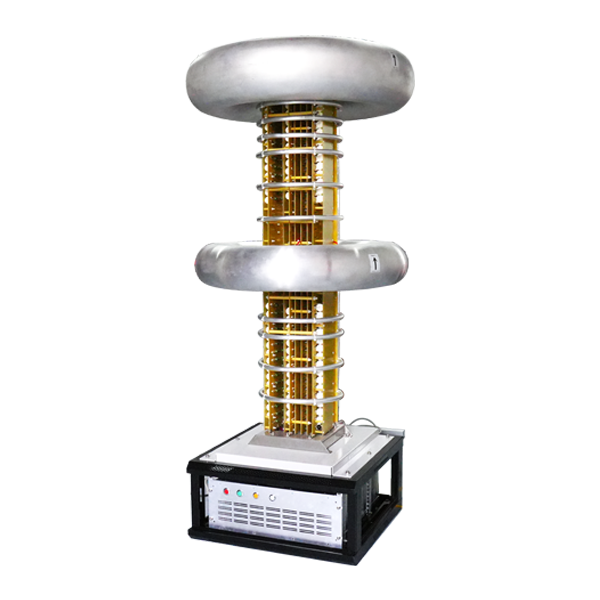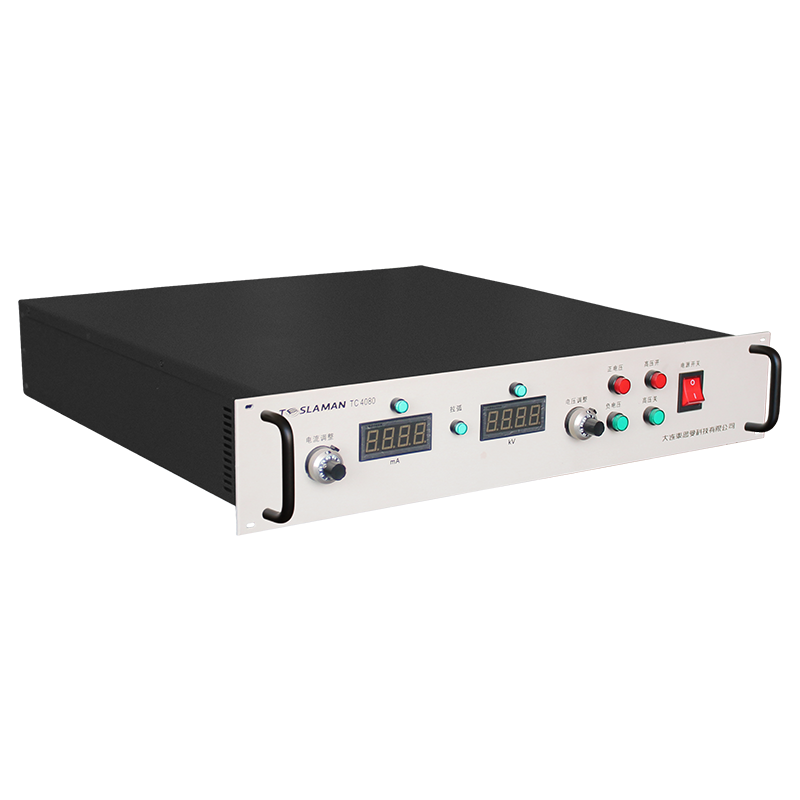Dynamic Response of High-Voltage Power Supplies for Semiconductor Testing: Characteristics, Challenges and Optimization
Abstract: This article explores in depth the dynamic response of high-voltage power supplies for semiconductor testing from a professional perspective. It elaborates on its crucial significance in semiconductor testing, analyzes in detail the characteristics of dynamic response, the challenges faced, and proposes corresponding optimization strategies, aiming to provide comprehensive and in-depth technical references for relevant technicians in the field of semiconductor testing, so as to improve the dynamic response performance of high-voltage power supplies for semiconductor testing and ensure the accuracy and efficiency of semiconductor testing.
1. Introduction
With the booming development of the semiconductor industry today, the performance testing of semiconductor devices is of vital importance. As a core component in semiconductor testing equipment, the dynamic response characteristics of high-voltage power supplies directly affect the quality and efficiency of testing. As semiconductor technology continues to evolve towards higher frequencies, smaller sizes and more complex functions, the requirements for the dynamic response of testing high-voltage power supplies are becoming increasingly stringent.
2. Importance of the Dynamic Response of High-Voltage Power Supplies for Semiconductor Testing
Semiconductor devices may face various transient working conditions in actual operation, such as rapid switching actions and the processing of pulse signals. During the testing process, high-voltage power supplies need to be able to adjust the output voltage and current accurately and quickly to simulate these actual working conditions. For example, when testing the switching characteristics of power semiconductor devices, high-voltage power supplies must provide stable and accurate high-voltage pulses within an extremely short period of time. Otherwise, it will be impossible to accurately obtain the switching parameters of the devices, such as turn-on time, turn-off time, rising edge rate and falling edge rate. Good dynamic response can ensure the reliability of test data, help to detect potential defects of semiconductor devices in a timely manner, improve the yield rate of products, and thus promote the healthy development of the entire semiconductor industry chain.
3. Analysis of Dynamic Response Characteristics
3.1 Rise Time
The rise time refers to the time required for the output of the high-voltage power supply to rise from a lower value to a set higher value. For semiconductor testing, a shorter rise time enables the testing system to enter the testing state more quickly and reduces the testing cycle. In the testing of some high-frequency semiconductor devices, such as radio frequency power amplifiers, the rise time of the high-voltage power supply is required to be at the nanosecond or even picosecond level to match the high-speed working characteristics of the devices.
3.2 Fall Time
The fall time is the time for the output to drop from a high value to a low value. Similar to the rise time, a fast fall time is crucial in some semiconductor testing scenarios. For example, when testing semiconductor switching devices with fast turn-off requirements, the high-voltage power supply can quickly reduce the output voltage to avoid misjudgment or damage to the devices caused by too slow a voltage drop.
3.3 Overshoot
The overshoot refers to the maximum amplitude by which the output of the high-voltage power supply exceeds the set value during the rising or falling process. Excessive overshoot may cause overvoltage impact on the tested semiconductor devices, affecting their performance or even damaging them. Therefore, in the design of high-voltage power supplies for semiconductor testing, the overshoot needs to be strictly controlled, and usually it is required to be within a very small range, such as within a few percent.
3.4 Steady-State Error
The steady-state error refers to the deviation between the high-voltage power supply and the set value under the stable output state. In semiconductor testing, high-precision testing often requires high-voltage power supplies to have a very small steady-state error to ensure the accuracy of the testing voltage and current. For example, when testing the parameters of high-precision analog semiconductor devices, the steady-state error may need to be controlled at the microvolt or milliampere level.
4. Challenges Faced
4.1 Complex Load Characteristics
The loads in semiconductor testing are diverse, including capacitive loads, inductive loads and resistive loads with different resistance values. These complex load characteristics will have a significant impact on the dynamic response of high-voltage power supplies. For example, capacitive loads will cause an instantaneous increase in the output current of the power supply during the charging process, which may trigger the over-current protection of the power supply; inductive loads will generate a back electromotive force when the current changes, hindering the rapid change of the output voltage of the power supply.
4.2 Contradiction between High Voltage and Fast Response
Achieving high-voltage output usually requires large energy storage elements and power devices, and the existence of these elements often increases the equivalent inductance and capacitance of the power supply, thus affecting its dynamic response speed. How to achieve a fast dynamic response while ensuring the high-voltage output capability is a major challenge in the design of high-voltage power supplies for semiconductor testing.
4.3 Electromagnetic Interference
When high-voltage power supplies rapidly switch their output states, they will generate strong electromagnetic interference (EMI). This electromagnetic interference will not only affect the stability of the control circuit of the power supply itself, but also may interfere with the surrounding testing equipment and the tested semiconductor devices, resulting in inaccurate test results. Therefore, effective electromagnetic interference suppression measures, such as shielding and filtering, need to be taken in the design of high-voltage power supplies.
5. Optimization Strategies
5.1 Optimization of Circuit Topology
Adopting advanced circuit topology structures, such as resonant converters and multilevel converters, can effectively reduce the equivalent inductance and capacitance of the power supply and improve the dynamic response speed. For example, resonant converters use the resonant principle to achieve soft switching, reducing switching losses and switching noise, and can achieve a relatively fast dynamic response under the condition of high-voltage output.
5.2 Improvement of Control Strategies
Adopting advanced control algorithms, such as model predictive control (MPC) and fuzzy control, can improve the response ability of high-voltage power supplies to load changes and changes in output set values. Model predictive control predicts the future output state by establishing a mathematical model of the power supply system and conducts optimized control according to the prediction results, which can effectively reduce the overshoot and steady-state error and improve the accuracy and rapidity of the dynamic response. Fuzzy control can flexibly adjust the output of the power supply according to empirical rules to adapt to complex load and working condition changes.
5.3 Feedback Compensation Technology
Introducing feedback compensation technologies, such as feedforward compensation and nested control of current loop and voltage loop, can improve the stability of power supply output and dynamic response performance. Feedforward compensation can adjust the output of the power supply in advance according to the changes in input voltage or load current, reducing the output fluctuations caused by external interference; the nested control of the current loop and voltage loop can enhance the control precision of the power supply for current and voltage and improve the robustness of the dynamic response.
5.4 Electromagnetic Interference Suppression
In the design and layout process of the power supply, reasonably using shielding materials and filtering circuits, such as setting metal shielding covers around power devices and adding low-pass filters at the output end of the power supply, can effectively suppress electromagnetic interference. Meanwhile, optimizing the wiring of the power supply to reduce the parasitic inductance and capacitance of the lines also helps to reduce the generation and transmission of electromagnetic interference.
6. Conclusion
The dynamic response of high-voltage power supplies for semiconductor testing is a key factor affecting the quality and efficiency of semiconductor testing. A deep understanding of its dynamic response characteristics, challenges faced and corresponding optimization strategies is of great significance for improving the technical level of semiconductor testing. By continuously optimizing circuit topology, improving control strategies, applying feedback compensation technologies and strengthening electromagnetic interference suppression, the dynamic response performance of high-voltage power supplies can be effectively improved to meet the increasingly complex needs of semiconductor testing and provide strong technical support for the continuous development of the semiconductor industry. In future research and development, with the further innovation of semiconductor technology, the dynamic response performance of high-voltage power supplies for semiconductor testing will continue to face new challenges and opportunities, requiring continuous in-depth research and exploration.
